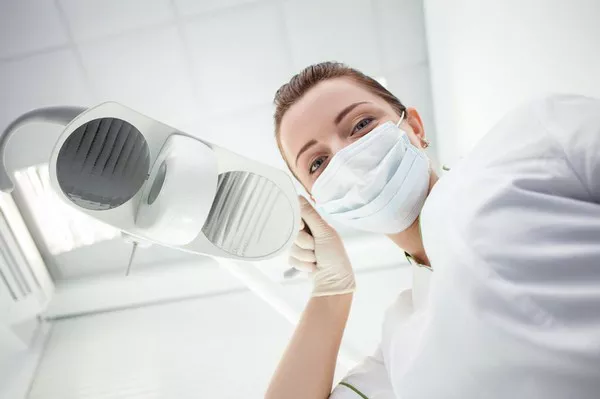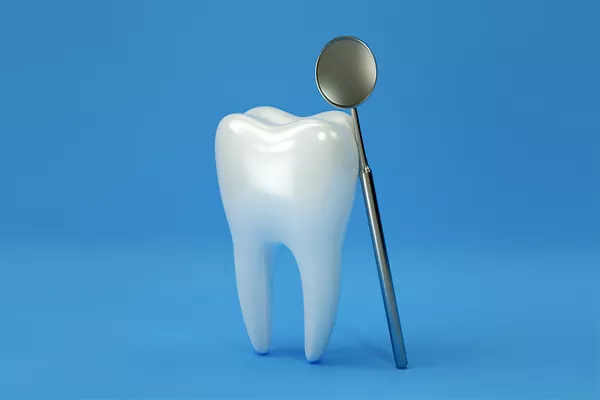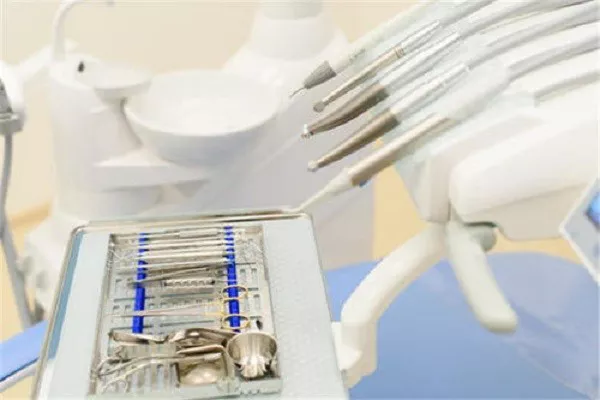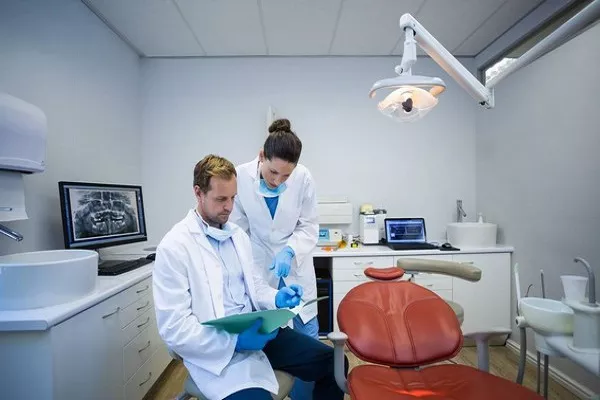Orthodontic treatment is a significant investment in both time and money, with the goal of achieving a straight and beautiful smile. However, some individuals may notice that their teeth start to move back to their original positions shortly after completing orthodontic treatment. This phenomenon is known as orthodontic relapse. In this comprehensive guide, we will delve into the factors contributing to why teeth can move back so fast after orthodontic treatment and explore strategies to prevent or manage orthodontic relapse effectively.
Understanding Orthodontic Relapse
Orthodontic relapse is the tendency of teeth to shift from their corrected positions following the removal of orthodontic appliances, such as braces or aligners. This can be frustrating for individuals who have invested time and resources in achieving a straight smile. Several factors contribute to the occurrence of orthodontic relapse:
Natural Tooth Mobility: Teeth are not fixed in place but are held in position by the surrounding periodontal ligaments. These ligaments have some inherent flexibility, allowing teeth to move slightly over time.
Muscle and Lip Pressure: The muscles of the lips and cheeks can exert pressure on teeth, causing them to move. This is especially true for individuals with tongue thrusting habits or excessive lip pressure.
Age: As we age, our facial structures can change, which may affect the position of our teeth. This is particularly relevant for individuals who undergo orthodontic treatment at a young age.
Genetics: Genetic factors can play a role in the stability of orthodontic results. Some people may have a genetic predisposition to experience more significant relapse.
Retainer Compliance: Wearing a retainer after orthodontic treatment is crucial for maintaining the results. Failure to wear a retainer as prescribed by the orthodontist is a common cause of relapse.
Incomplete Treatment: In some cases, orthodontic treatment may not fully address underlying issues. Teeth may revert to their original positions if the root causes of misalignment are not adequately corrected.
Periodontal Health: The health of your gums and supporting bone structures can influence the stability of orthodontic results. Periodontal disease or bone loss can affect the alignment of teeth.
Preventing Orthodontic Relapse
While orthodontic relapse can occur, there are strategies to prevent or minimize its impact:
Retainer Wear: The most effective way to prevent relapse is to wear your retainer as prescribed by your orthodontist. Retainers help maintain the corrected position of your teeth.
Follow-up Appointments: Attend follow-up appointments with your orthodontist as recommended. These visits allow your orthodontist to monitor your progress and make any necessary adjustments.
Oral Hygiene: Maintain excellent oral hygiene to ensure the health of your gums and supporting structures. Healthy gums are more likely to support the stability of your teeth.
Lifestyle Changes: Address habits such as tongue thrusting or excessive lip pressure that may contribute to relapse. Your orthodontist can provide guidance on breaking these habits.
Regular Dental Check-ups: Visit your dentist regularly for check-ups and cleanings. This helps identify and address any emerging issues promptly.
Communication: Maintain open communication with your orthodontist. If you notice changes in your bite or teeth alignment, consult your orthodontist promptly for evaluation and potential adjustments.
Treatment Options for Orthodontic Relapse
If you experience orthodontic relapse, don’t despair; there are treatment options available to address the issue:
Retreatment: In some cases, a shorter round of orthodontic treatment, often referred to as “retreatment,” can realign your teeth and correct relapse.
Veneers or Bonding: For minor relapse or cosmetic concerns, veneers or bonding may be used to improve the appearance of teeth without extensive orthodontic treatment.
Orthodontic Appliances: Depending on the extent of relapse, your orthodontist may recommend the use of removable appliances or aligners to correct minor misalignments.
Periodontal Treatment: If gum or bone issues contribute to relapse, periodontal treatment may be necessary to address these concerns.
Conclusion
Orthodontic relapse can be a frustrating experience, but understanding the factors that contribute to it and taking proactive steps can help prevent or manage it effectively. Remember that wearing your retainer as prescribed and maintaining good oral hygiene are essential for maintaining the results of your orthodontic treatment. If you experience orthodontic relapse, consult with your orthodontist promptly to explore appropriate treatment options and regain the straight, beautiful smile you worked hard to achieve.
Related Topics:
































